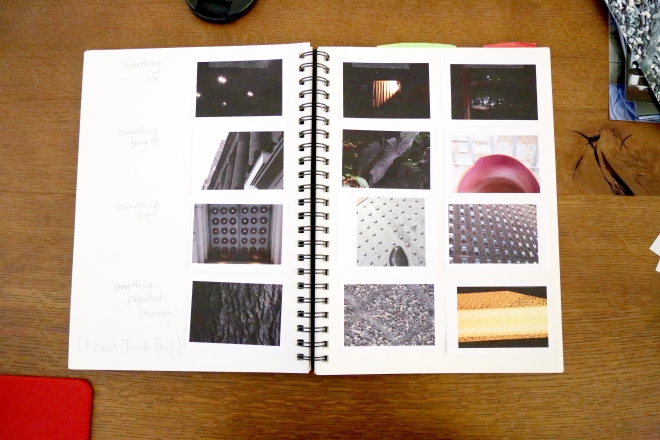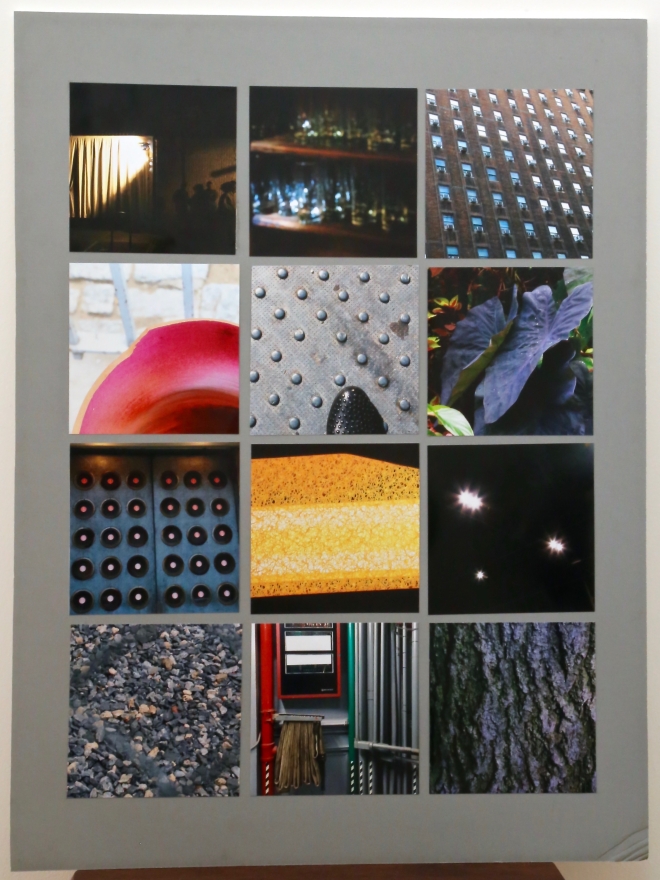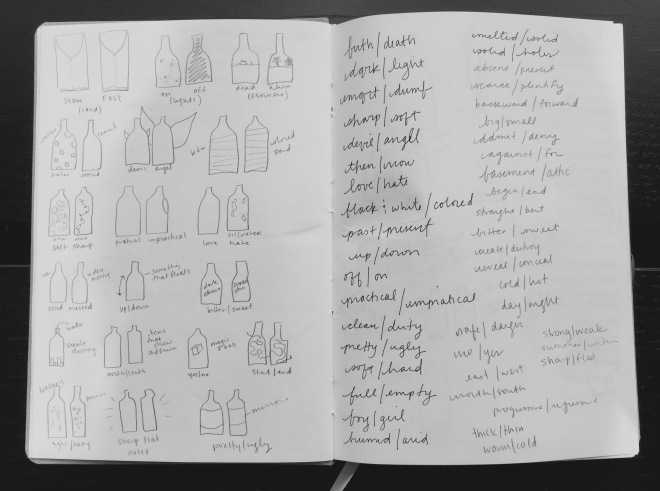This is my eighth and the last entry for this semester.
Our class had a final assignment called “Human Rights, Human Wrongs”.
“Human Rights, Human Wrongs” is a poster assignment that allows the student to chose and interpret a social issue of interest to him or her. The student will voice their opinion in the chosen topic by creating a visual, conceptual statement using the juxtaposition of type and image.
The poster is directed at the general public and it’s aim is to create awareness for the issue and invite the viewer to question or consider his or her point if view on the topic. To achieve this, use the medium to your advantage. The poster is a medium whose intent is to grab the attention and draw the viewer in. It can be a powerful medium when designed and executed successfully.
The topic I took was child labor abuse in apparel industry, especially in brands so-called “fast-fashion”.
The other day, one of my ESL teachers said, “You fashion-conscious students must buy the fast-fashion clothing wisely, because it’s cheaper than the high-end brands and as fashionable as them! haha!” — I couldn’t believe what my ears heard. Of course, my ESL classmates majoring fashion design never agreed with this teacher.
And I noticed that many American people like her never think of what a fast-fashion means. They never care the reason why fast-fashion brands can sell their products in such a low, too much low prices. They can’t imagine what has happened in the opposite side of the earth, they don’t pay attentions to that kind of news or documentary films.
Shame on us. It reminds me an article about the Tazreen factory fire that killed 112 garment workers, and the Rana Plaza building collapse killing 1,129 people. No, honestly, I totally forgot the names of the buildings and the numbers of killed workers in Bangladesh. All I remembered is this featured image of the article.
http://jezebel.com/whats-the-solution-to-the-worlds-sweatshop-problem-511688272
Well, well, I never say that I’ve never bought fast-fashion clothing ever and forever. Sometimes I do buy their cheap products, as you do. But when I saw the store is filled with tons of cheap mass-products and it looks like mountains of garbage, it hurts my heart every time. I feel so guilty to buy a T-shirt in $9.99. Am I a wise customer, indeed?
So I went to “fast-fashion districts” at Fifth Avenue. You might know where it is, very close to our University Center. I took some spy photos (again! I’m quite good at it), and designed an opinion poster concerning child labor abuse.
The more cheaper we buy clothing, The more younger sweatshop workers become. Someone should stop this bad loop, and it must be us, customers. We can be more and more ethical.
You can use this poster to your social activities. For example, a protest against demonstration on the street like this.

















































